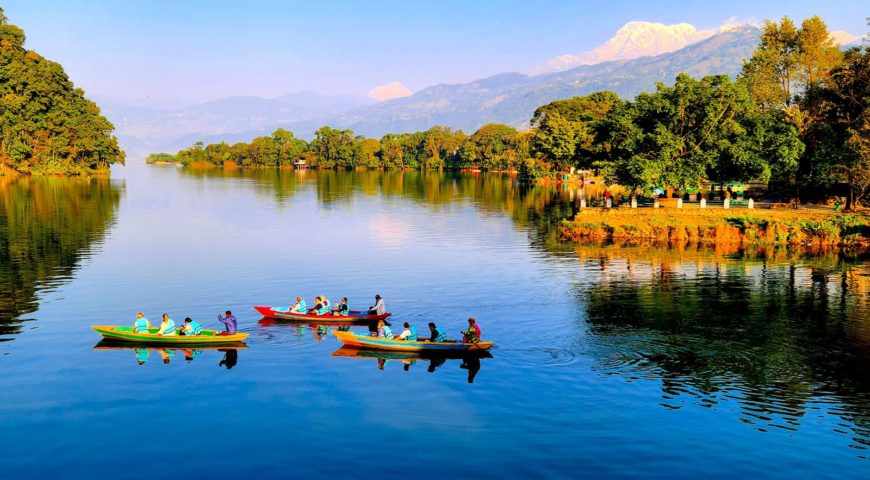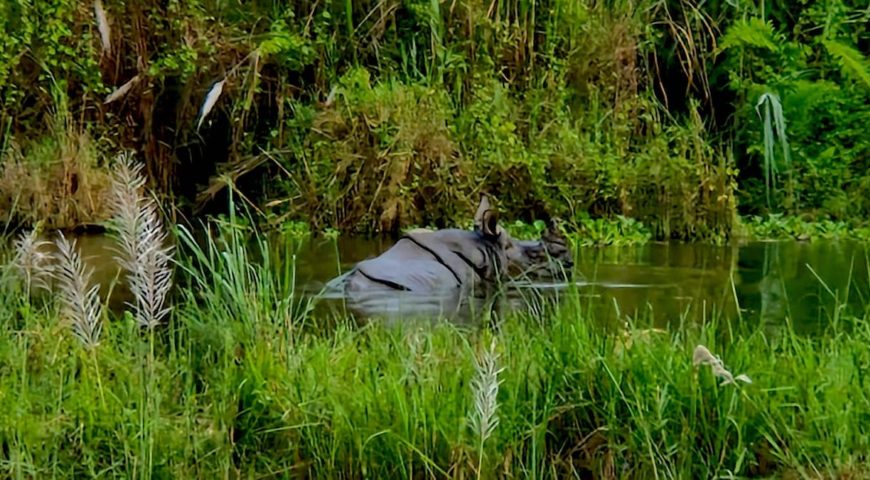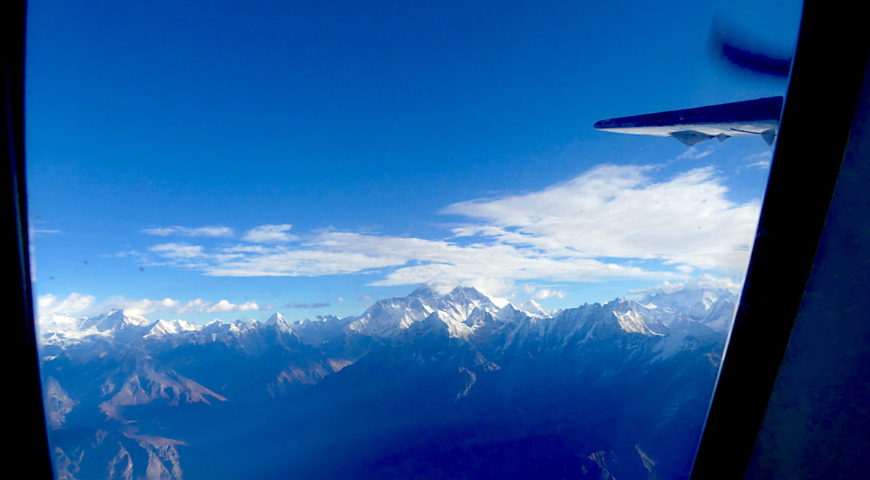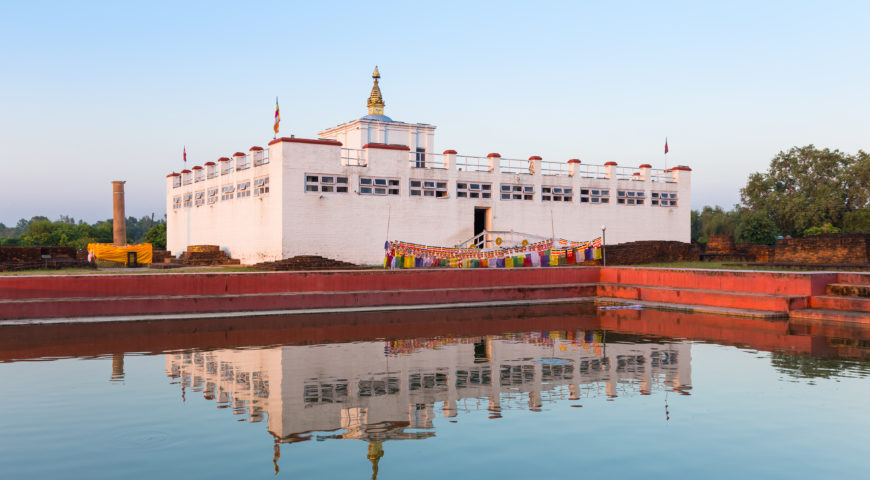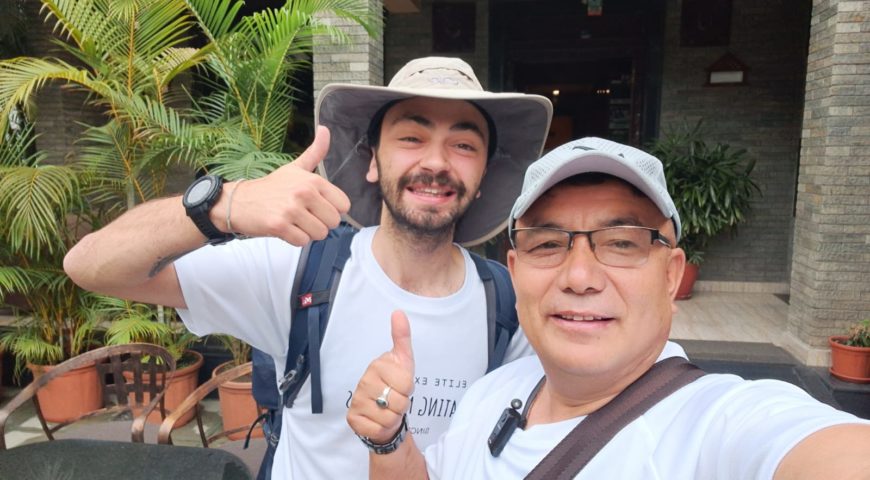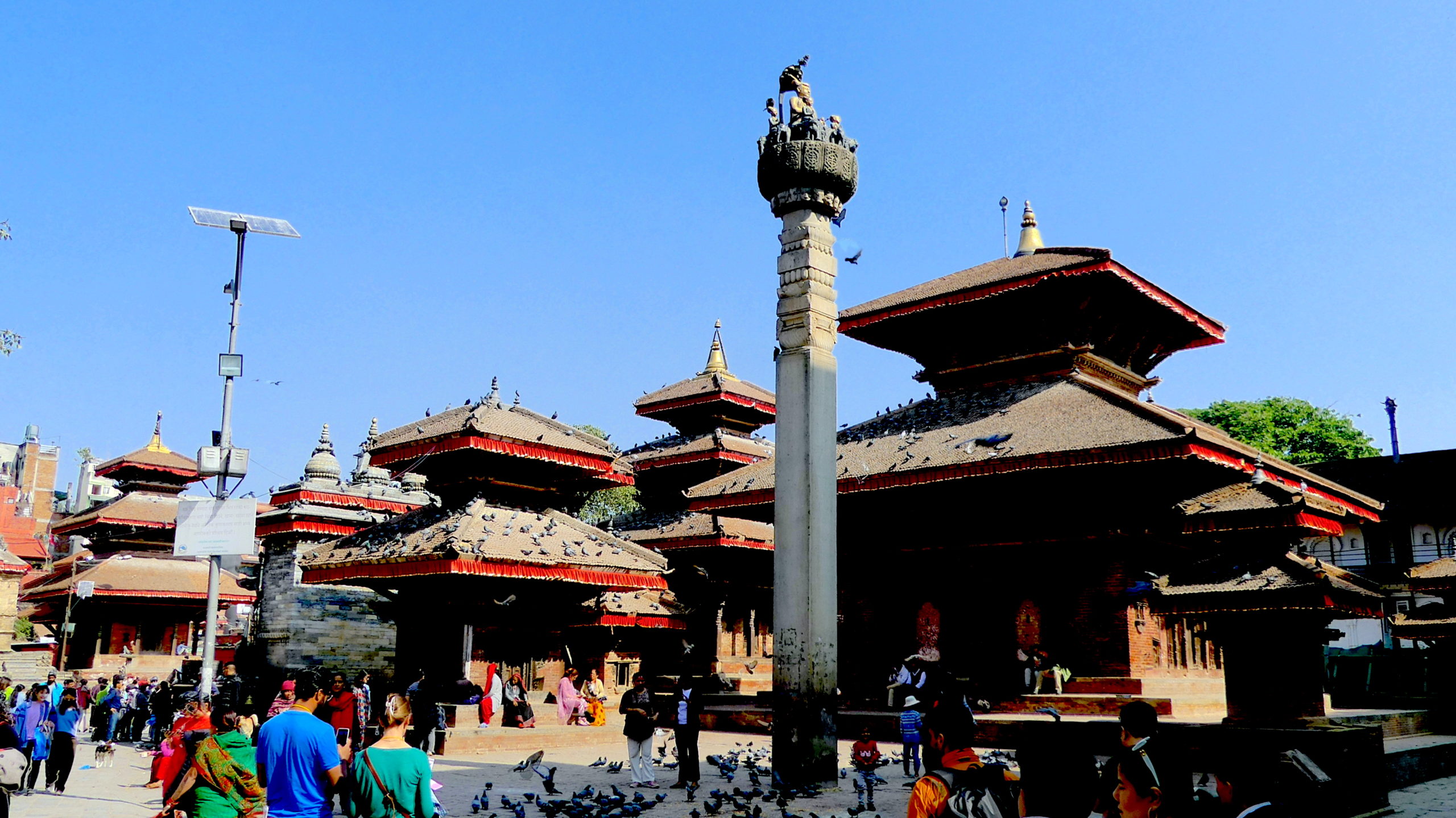Why Visit Nepal in 2025: Momo, Mountains, and Moments
Why Visit Nepal in 2025? Nepal is more than just its mountains, more than its temples, more than the pulse-pounding thrill of adventure. It’s a place where sharing a simple meal can connect you to something vast, something eternal. Here, the food on your plate isn’t just sustenance; it’s a story, a history passed down through generations.
Don’t hang on just yet; for you, we will break down the major reasons for you to visit Nepal.
Nepalese Cuisine: Momo and Beyond
There’s something magical about food—a kind of alchemy that transcends language, borders, and even time. In Nepal, that magic manifests in the form of Momo—a dumpling that carries within it the very heart of the nation. Take a bite, and suddenly you’re not just eating; you’re on a journey. The dough, soft and yielding like the first snowfall on Annapurna, gives way to a burst of spiced meat, vegetables, or even cheese, warming your soul much like the hospitality of the Nepalese people.
But Momo is just the beginning.
Dal Bhat, the staple of every Nepali household. Rice, lentil soup, vegetables, and a touch of tangy pickle—simple elements that, when combined, create a dish as pure as the mountain air. It’s the sustenance that fuels the high-altitude sherpas, the comfort that warms the hearts of lowland farmers.
And then there’s Newari cuisine, a feast that reflects a culture steeped in history and tradition. Picture a Newari Samay Baji platter—colourful and diverse as the bustling markets of Bhaktapur, with each bite offering a new experience: flattened rice, succulent buffalo meat, pickled radish, and more. It’s a festival on your plate.
Don’t forget the Thakali platter—a meal you’ll find in almost every restaurant, from Kathmandu’s eateries to the teahouses along the trekking routes. Each component is a step on your journey—spicy pickles that bite like the cold wind, earthy lentils that ground you, and tender meat that energizes your climb.
Even the street food tells a story. Stroll through Patan Durbar Square, and you’ll find Chatamari, the Nepali version of pizza, sizzling on hot grills. Or try Sel Roti, a sweet, ring-shaped bread, golden and crisp like the memories of festivals past. It’s the food of celebration, the taste of coming together, much like the melody of the Mangal Dhoon.
Majestic Peaks: A Trekker’s Paradise
Nepal’s trails are more than just paths through the wilderness; they’re legends etched into the earth. Take the Everest Base Camp trek, for instance. It’s a journey that’s been walked by climbers and trekkers alike, all drawn by the charm of the world’s highest peak. But it’s not just about standing at the base of Everest; it’s about everything that leads you there—the villages in the shadows of giants, the people whose smiles carry the warmth of a thousand suns, and the stories that unfurl like prayer flags in the wind. It’s Jon Krakauer’s “Into Thin Air” come to life—a tale of courage, camaraderie, and the relentless pull of the unknown.
Perhaps the Annapurna Circuit is more your pace—a spiral that carries you from the lush subtropical forests to the arid, high-altitude deserts, through villages that cling to mountainsides and monasteries that seem to hang in the clouds. It’s a trail that offers everything: the serenity of a sunrise at Poon Hill, the challenge of crossing the Thorong La Pass, and the simple pleasure of sipping tea in a remote teahouse, where time seems to slow down just for you.
For those who crave solace, the Manaslu Circuit offers a path less traveled. It’s a trek that feels like stepping back in time, where the modern world falls away, leaving only the mountains and the sky to accompany your thoughts. It’s a place where you can lose yourself and, in doing so, find something more profound.
The numbers don’t lie—Nepal’s trekking routes draw thousands of visitors each year, and with each passing season, the allure grows stronger. Yet, despite the rising popularity, the mountains never feel crowded. There’s always room to breathe, to reflect, to carve out your own journey.
Culture: Rich and Diverse
Pashupatinath, the grand Shiva temple on the banks of the Bagmati River is a gateway between worlds, where life and death coexist in a dance as old as time. The air is thick with the scent of sandalwood and the hum of prayers, while thecremation ghats remind you of the brief nature of life and the eternal journey of the soul.
Then there’s Swayambhunath, the Monkey Temple, perched high on a hill overlooking the Kathmandu Valley. The stupa’s all-seeing eyes gaze out over the city, a symbol of wisdom and compassion. As you climb the steps, you’re following in the footsteps of countless pilgrims, each one seeking something—peace, enlightenment, or perhaps just a moment of quiet in a world that never stops moving.A
Boudhanath, with its massive mandala and the gentle hum of prayer wheels, is another spiritual beacon. Here, Tibetan Buddhism thrives, with monks in maroon robes moving in a slow, meditative dance around the stupa. The air is alive with the sound of chanting, the deep resonance of Tibetan horns, and the flutter of thousands of prayer flags carrying messages of peace into the sky.
But Nepal’s culture isn’t confined to its temples and shrines—it’s alive in its festivals, its music, and its daily life. Dashain, the grandest festival of them all, is a time when the entire country pulses with life. The sound of drums, the sight of kites soaring in the October sky, the smell of freshly prepared feasts—these are the elements of a celebration that feels like it belongs in the epics of old.
Tihar, the festival of lights, is a five-day celebration that honours not just the gods but the animals that share our world—crows, dogs, cows, and oxen, each given their day of reverence. The nights are lit with oil lamps, homes are decorated with rangoli patterns, and the air fills with the sound of Deusi-Bhailo songs, sung by children going door to door like carolers on Christmas Eve.
Music is the heartbeat of Nepalese culture. From the traditional folk songs that tell stories of love, loss, and longing to the modern beats of artists like Nabin K Bhattarai, who blend ancient rhythms with contemporary sounds, the music of Nepal is as diverse as its people. You’ll hear it everywhere—in the streets, at festivals, in the quiet strumming of a Sarangi in a mountain village—a soundtrack to the life of a nation.
And then there’s the dance. The Tharu stick dance, with its beats and movements, celebrates strength and unity, while the Newari Lakhey dance, with its elaborate masks and wild energy, reminds you of the deep connection between the people and the spirits that inhabit their world.
Into the Wild: Safaris and Nature’s Untamed Beauty
Nepal is a land of contrasts. As you descend from the mountains, you enter a world that seems untouched by time, where nature is supreme, and the wild things roam free.
Chitwan National Park is a UNESCO World Heritage Site, where the air is thick with the scent of damp earth and dense vegetation. Birds calling, leaves rustling, and the distant roar of a tiger—create a soundtrack that stops you in your tracks. Chitwan is the kingdom of the Bengal tiger, a creature whose elusive presence is felt even when it remains unseen. Imagine the thrill of catching a glimpse of its striped coat as it slips silently through the underbrush, a moment that distils the essence of the wild into a single heartbeat. Or perhaps it’s the one-horned rhinoceros that will cross your path—a beast as ancient as the legends of this land.
Further west lies Bardiya National Park, offering a more remote and intimate experience. This is the place for those who seek the quiet thrill of solitude, who yearn for the whisper of the wilderness. Here, you might find yourself gliding down the Karnali River in a canoe, the water as smooth as glass, reflecting the dense jungle that rises on either side. The only sounds are the gentle dip of your paddle and the distant call of a barking deer—a moment of pure connection with the natural world.
In Bardiya, your chances of spotting a tiger are even higher than in Chitwan, but it’s the smaller moments that linger in your memory: the sight of a herd of wild elephants moving through the forest, the sudden flash of a Gangetic dolphin in the river, or the rustle of a python as it slides silently through the grass.
Trekking the Unbeaten Paths
Beyond the well-trodden trails of Everest and Annapurna lies a Nepal that is still waiting to be discovered—a land of hidden valleys, forgotten villages, and paths that lead to the very edge of the map. Imagine walking through the remote region of Dolpo, a place so isolated it feels like another world. Here, the mountains rise like sentinels, the valleys are carpeted with wildflowers, and the ancient Bon religion is still practised as it has been for centuries.
In Dolpo, you might find yourself standing in the shadow of the towering Kanjiroba Himal, a mountain that looms like a guardian over the land. Its peaks are often shrouded in clouds, its slopes untouched by modern trekkers. As you walk through windswept passes and along the shores of the serene Phoksundo Lake, you might find a sense of awe and wonder that defies words—a feeling that you are part of something much larger than yourself.
Or perhaps it’s the far east of Nepal that calls to you—the region of Kanchenjunga, where the world’s third-highest peak rises like a giant. The trek to Kanchenjunga is a journey into the unknown, where the trails are rough, the weather unpredictable, and the rewards immeasurable.
The Makalu-Barun region, with its towering cliffs and deep gorges, offers another kind of challenge. Here, the trails are steep, the rivers swift, and the mountains seem to rise straight from the earth, their jagged peaks piercing the sky.
But it’s not just the landscapes that make these hidden paths special—it’s the people you meet along the way. In the far-flung corners of Nepal, the villages are small, the communities close-knit, and the hospitality is as warm as the sun on a clear mountain morning. In these remote regions, where the influence of the modern world is limited, you’ll find traditions that have been passed down through generations, and stories told in the light of a wood fire.
The Manaslu Circuit, lesser-known but no less spectacular, offers another hidden gem for those willing to venture beyond the popular routes. This trek takes you around the eighth-highest mountain in the world, through landscapes that shift from dense forests to barren highlands, from roaring rivers to silent glaciers.
For the ultimate off-the-beaten-path experience, consider the Great Himalayan Trail, a long-distance route that stretches across the entire length of Nepal, from the shadow of Kanchenjunga in the east to the far western districts of Humla and Darchula. This trek demands not just physical endurance, but a spirit of adventure and a willingness to embrace the unknown. It’s a journey that takes months to complete, passing through some of the most remote and rugged terrain on Earth. But for those who undertake it, the rewards are beyond measure—a deep connection to the land, to its people, and to a way of life that is fast disappearing in our modern world.
In 2025, don’t just visit Nepal—immerse yourself in it. Let the mountains, the people, and the culture become part of your story. Nepal is the kind of place that stays with you long after you’ve returned home, leaving you with memories that are as vivid as the peaks themselves. Your adventure is just beginning, and the experiences you’ll have in Nepal will be ones you’ll carry with you forever.
